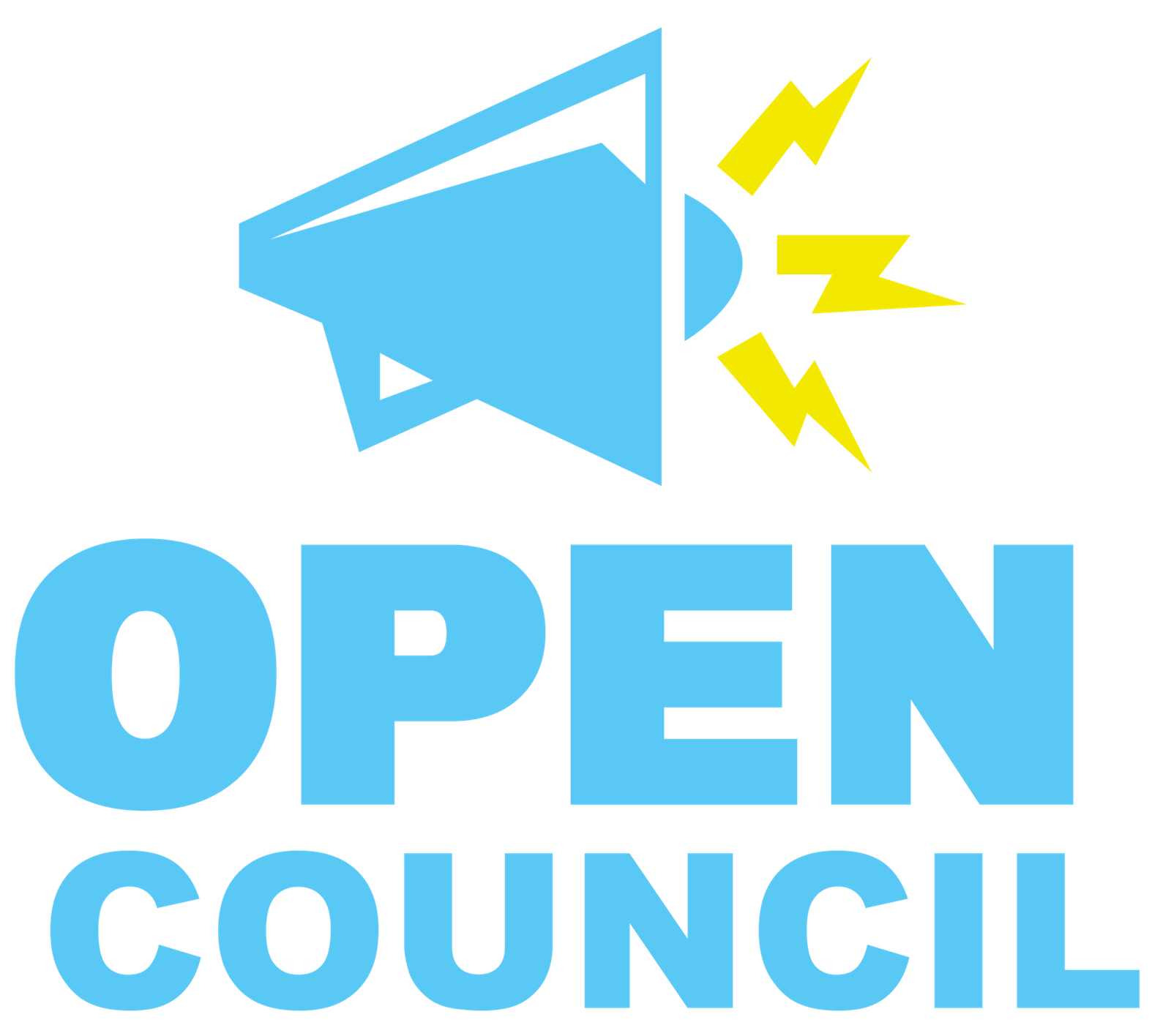By Wisdom Mumera

Bulawayo is facing its worst water crisis in 10 years.
As of last week the dam capacities stood at 42.39, down from the previous week’s reading of 42,78.
The Bulawayo water crisis isn’t a new phenomena but an ignored problem that is outgrowing us.
Mandla Dube, a Nkulumane resident says it’s a crisis so old they have tired of complaining.
“We had hopes that government would intervene years ago, but nothing happened.
“As of now we simply seek for solutions on our own as nothing is coming,” he said.
Dube said boreholes would be a huge intervention for the short term.
“A sincere government could drill boreholes and that would go a long way alleviating the problem”.
Council has since introduced a 144-hour shedding program under which some households go for 6 days without water.
In the medium term it has set the target to build the Glass Block Dam.
April has been set as the target by which time there should be financial and engineering feasibility studies for the project.
The US$100 million dam will be built in Insiza District.
But why does water remain a challenge decades later?
Drought Region
Bulawayo is located in a drought-prone region.
Thus the water shortage problems are perennial especially with weather patterns characterised by low rainfall compounded by seasonal annual droughts.
The current El Niño and LA Niña effects together with climate change have affected the rainfall patterns in the region.
Single River System
Another reason according to a study, Bulawayo’s Water Crisis by L Berry, is the placement of the city’s major supply dams on a single river system, the Umzingwane.
This he says serves to aggravate the effects of climatic abnormalities.
Population Growth
The water crisis has also been worsened by the rapid population growth.
The city’s population is disputed; the 2022 census listed it at 665,940, while the Bulawayo City Council claims it to be about 1.2 million.
For both figures the point remains the same.
The increase in population has not been matched by any concomitant extension to the city’s water supply system.
Lack of Investments in Water
Central Government is also complicit in the water crisis as over the years there has been little investments.
On paper they has been mooted for Bulawayo the Zambezi water pipeline; Gwayi Shangani dam; Mtshabezi dam; Lower Tuli dam; and Glass block dam.
Other scholars have even speculated about drawing groundwater from Umguza, part of the Nyamandlovu aquifer.
However, nothing much has been done towards those projects until a new crisis hits the city.
For the residents the many studies and projects have slowly lost meaning.
For Sihle Moyo the whole crisis boils down to Matebeleland being abandoned.
“How do you explain that the water crisis is over 10 years old and in that period nothing concrete has been done?
“There is little political will to deal with it.
“Going forward I would think as residents we need to strategies and come up with solutions within our means,” he says.
However, with Bulawayo growing and expanding it will be difficult without government intervention.
